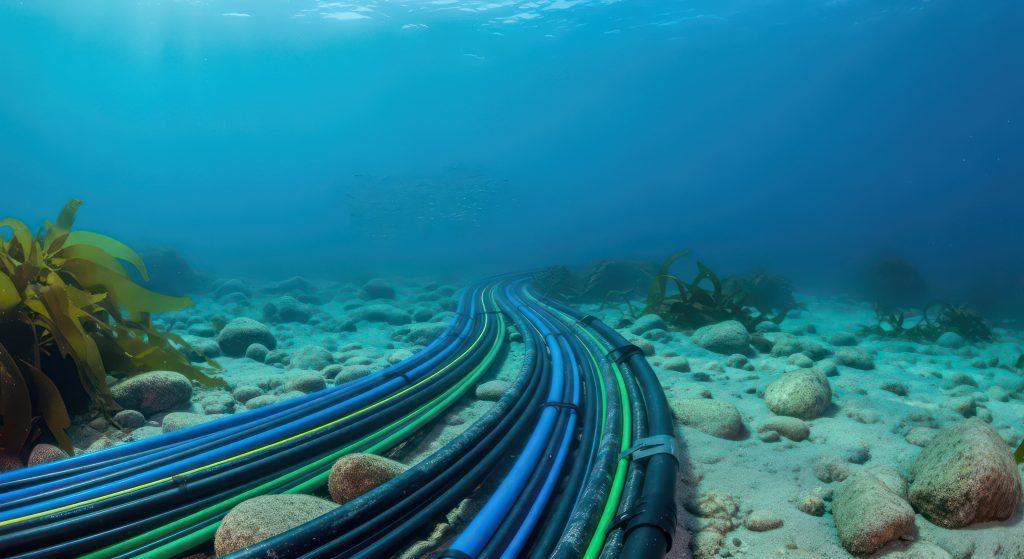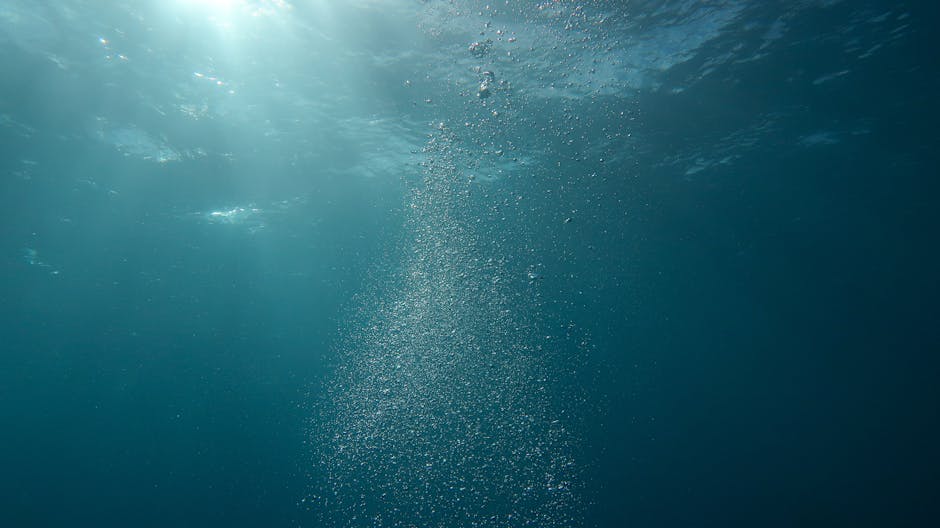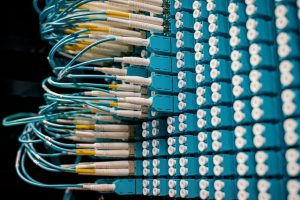Submarine Cable Congestion: Challenges in Seafloor Infrastructure

As the backbone of global internet connectivity, submarine cables play a critical role in keeping the world connected. These undersea cables—no thicker than a garden hose—carry the vast majority of the world’s internet traffic. However, rising digital demands have intensified the complexity of managing this infrastructure, creating significant challenges in laying new cables while maintaining existing systems. With the seafloor becoming increasingly congested, cable route engineers are working against mounting geographical and geopolitical constraints to sustain global connectivity.
The Growing Crisis of Submarine Cable Congestion

Pexels
According to James Porter, a cable route engineer at Alcatel Submarine Networks (ASN), the growing density of cables in key regions worldwide is creating unprecedented challenges. Speaking on TeleGeography’s ‘Explains the Internet’ podcast, he highlighted the difficulty of adhering to international standards when new cables need to be installed. The International Cable Protection Committee (ICPC), for instance, mandates that new cables maintain a separation distance equal to three times the water depth from existing systems. This rule, vital for maintaining easy access for grapnel-based repairs, creates significant spacing issues in deep waters. For instance, in waters 2,000 meters deep, cables need to be separated by a distance of 6 kilometers, presenting a logistical nightmare in regions saturated with cables.
Porter identified three particularly congested zones: the eastern Mediterranean, the Gulf of Oman, and waters surrounding Japan. These areas face unique challenges, compounded by narrow straits, population centers, and geopolitical disputes. For example, geopolitical restrictions in the Gulf of Oman force most cables into Omani waters, while permitting challenges in the Red Sea drive all cables into Yemeni waters. Such chokepoints do not only complicate cable installations but also expose these areas to higher risks of damages and interruptions.
Industry Solutions: Collaboration and Innovation

Pexels
A significant factor exacerbating seafloor congestion is the lack of information sharing within the submarine cable industry. Many cable-laying projects are planned in isolation, with companies often unaware of existing or planned infrastructures. This lack of transparency leads to inefficient use of limited seabed space and increases the risk of conflicts. Porter suggests that greater collaboration—enabled by non-disclosure agreements or working groups—could help mitigate these issues. Improved communication about planned projects and retired systems could facilitate more strategic planning.
Additionally, prioritizing older systems approaching the end of their lifecycle can free up critical seafloor space. Retiring these outdated systems would reduce congestion and allow for closer routing of newer cables. In less risky areas, relaxing separation requirements might also provide short-term relief. However, these measures hinge on industry-wide cooperation and clearer notification protocols to avoid overlap and inefficiency.
The Future of Submarine Cable Infrastructure

Pexels
The demand for new submarine cables is not slowing down. Driven by the growth of advanced technologies like artificial intelligence, which require ultra-low latency, as well as the increasing demand for global internet access, the underwater cable network is expected to expand significantly. This makes resolving seafloor congestion a pressing issue for the future of global connectivity.
To address this challenge, the industry must innovate while embracing regulatory and cooperative frameworks. Initiatives such as identifying low-risk zones for cable-laying, using advanced mapping technologies, and developing clearer notification systems for decommissioned cables could all play a vital role in sustaining undersea networks. As older cables laid during the early 2000s internet boom reach the end of their lifespan, the coming decade presents an opportunity to revitalize and modernize the seafloor’s infrastructure.
The future of the internet depends, quite literally, on what lies beneath the ocean. By adopting smarter planning methods and fostering collaboration, the submarine cable industry can ensure that the growing demands for bandwidth are met while maintaining the reliability of existing systems.




